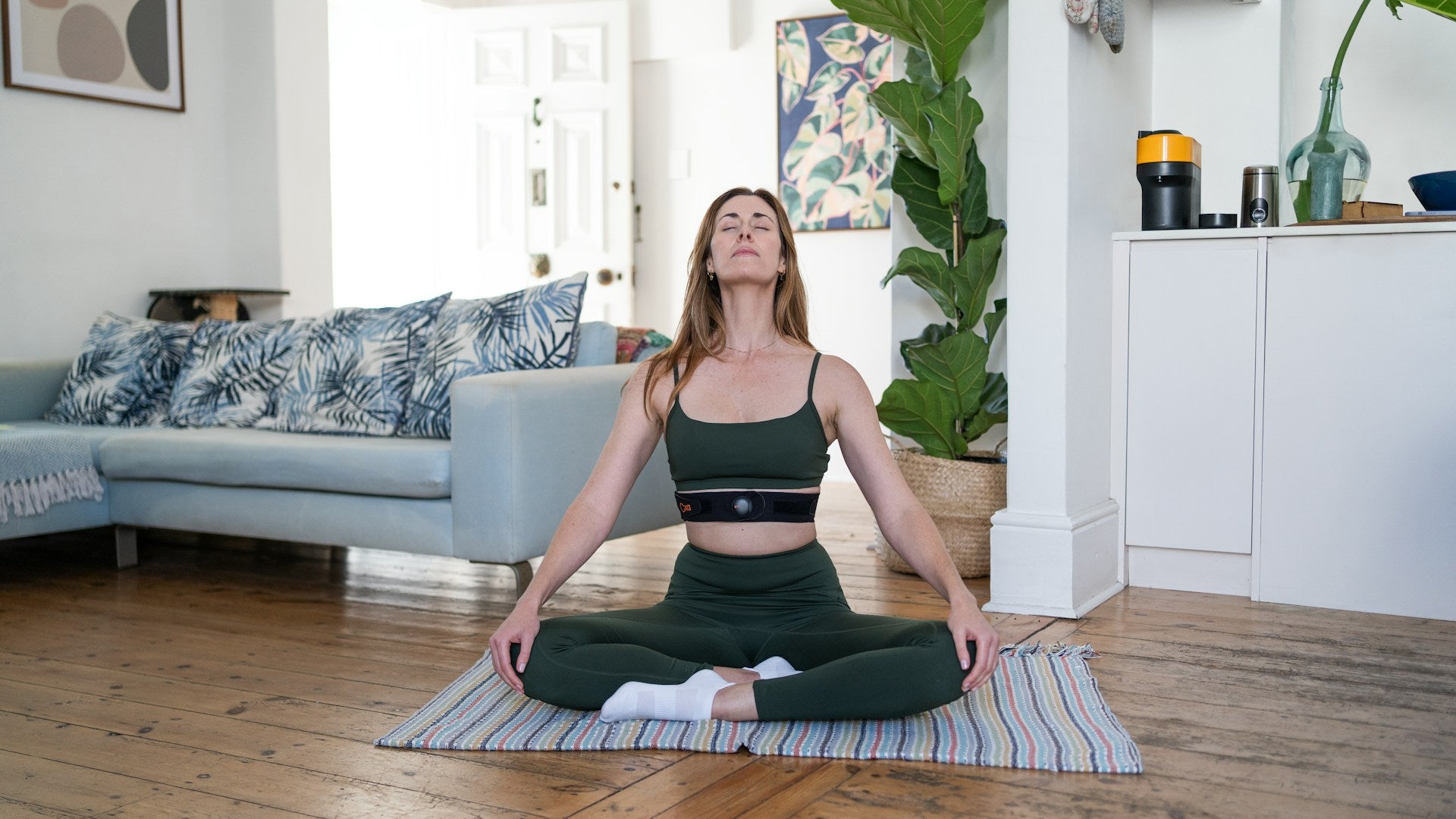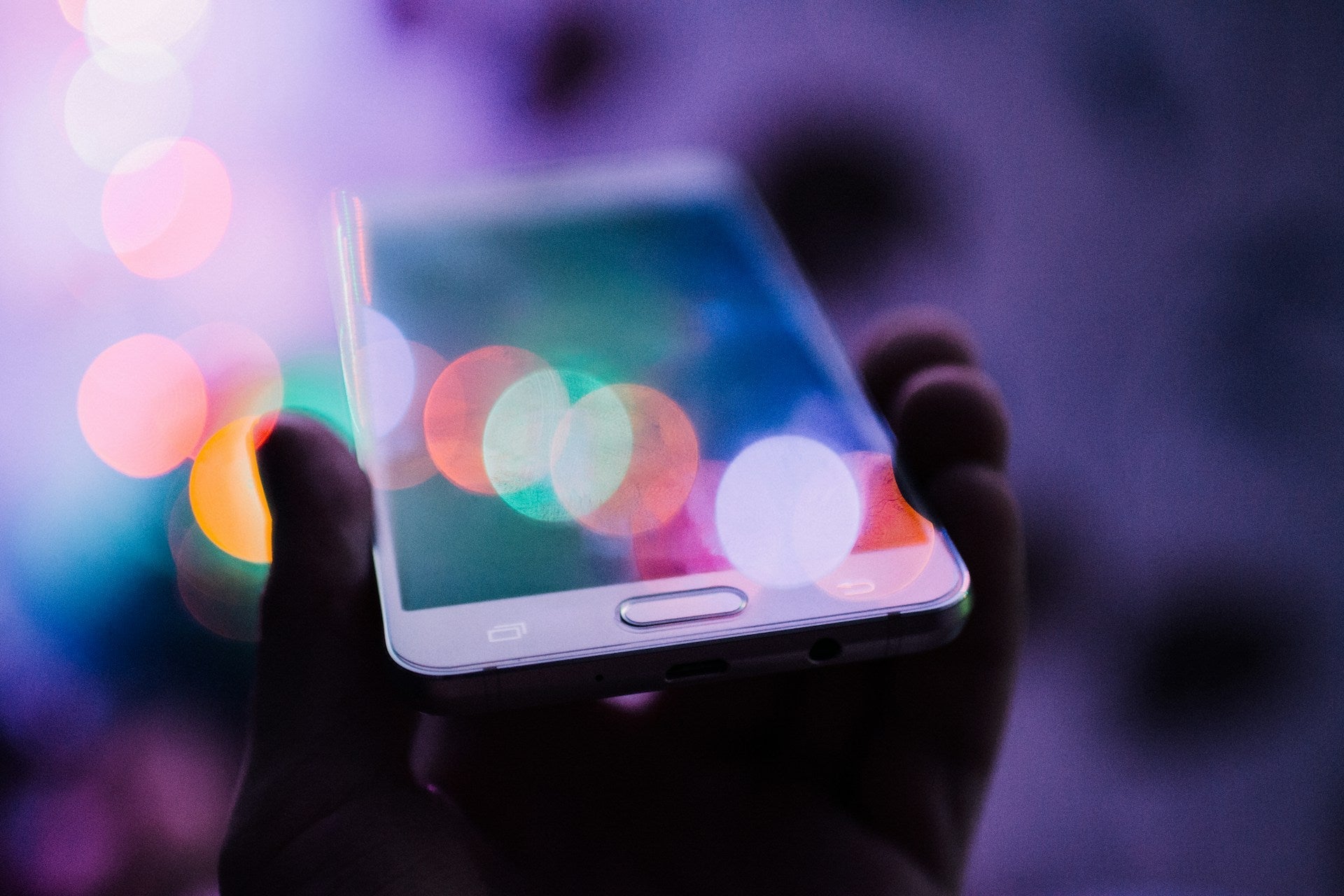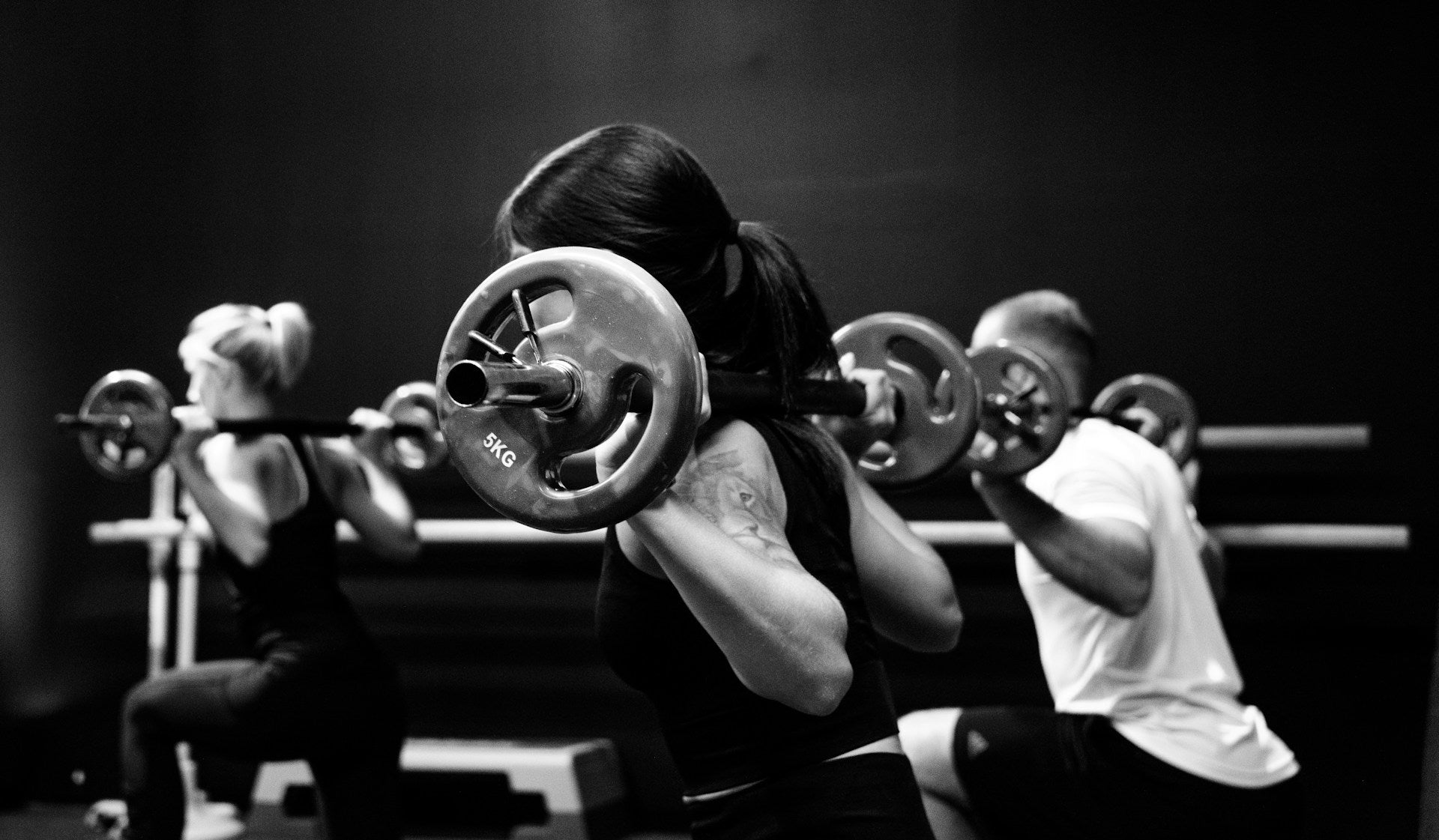Biohacking Your Circadian Rhythm: How Light Exposure Can Optimize Your Fitness Gains

In the quest for optimal health and peak fitness, biohacking has become a popular strategy among enthusiasts. By making subtle tweaks to our biology, we can enhance everything from cognitive function to physical performance. One area that has gained significant attention is the manipulation of our circadian rhythm—our body’s internal clock that regulates sleep-wake cycles. Light exposure plays a crucial role in setting this clock, and by understanding and controlling it, we can improve sleep quality, recovery, and ultimately, our workout performance.
Understanding Circadian Rhythm and Its Importance
The circadian rhythm is an innate, 24-hour cycle that influences various physiological processes, including hormone release, digestion, body temperature, and sleep patterns. This rhythm is closely tied to the natural light-dark cycle of the earth. When our circadian rhythm is aligned with this cycle, our bodies function optimally. However, modern lifestyles, with artificial lighting and screen exposure, can disrupt this rhythm, leading to poor sleep, reduced recovery, and suboptimal performance.
The Role of Light in Regulating Circadian Rhythm
Light is the primary cue for regulating the circadian rhythm. Different wavelengths of light have distinct effects on our biological clock. For instance, exposure to blue light, which is abundant in natural daylight and emitted by screens, signals the body to stay alert and awake by suppressing the production of melatonin, the hormone responsible for inducing sleep. Conversely, as the day progresses and light exposure decreases, melatonin production ramps up, preparing the body for sleep.

Morning Light Exposure: Setting the Stage for the Day
Getting ample natural light exposure in the morning is one of the most effective ways to set your circadian rhythm. Morning light, particularly the blue wavelengths, helps reset your internal clock, signaling that it’s time to wake up and be active. This light exposure also triggers the production of cortisol, a hormone that helps you feel awake and energized. Elevated cortisol levels in the morning are normal and beneficial, as they align with your natural circadian rhythm.
For fitness enthusiasts, getting outside for a walk or light exercise in the morning can provide dual benefits: the movement jumpstarts your metabolism, and the sunlight exposure helps regulate your circadian rhythm. This alignment can lead to better sleep at night, which is crucial for muscle recovery and overall fitness gains.
Midday Sunlight: Enhancing Alertness and Performance
Around midday, the sun is at its peak, and the exposure to bright, natural light can help maintain your alertness and energy levels. This period is also when your body temperature is at its highest, which coincides with peak physical performance. Engaging in physical activity during this time can enhance your workout efficiency and intensity, as your body is naturally primed for movement.
However, it’s essential to balance this with your workout schedule and lifestyle. If you train indoors, try to position yourself near a window or use light therapy devices that mimic natural sunlight. This can help maintain your energy levels and keep your circadian rhythm in check, even if you’re not outside.
Evening Light Exposure: Preparing for Rest and Recovery
As the day winds down, reducing your exposure to artificial light, especially blue light, is critical for signaling your body that it’s time to rest. Dimming the lights and avoiding screens in the evening can help increase melatonin production, making it easier to fall asleep and stay asleep.
Quality sleep is one of the most underrated aspects of fitness. During deep sleep, your body undergoes vital processes, including muscle repair, memory consolidation, and the release of growth hormone. By optimizing your evening light exposure and creating a sleep-friendly environment, you can enhance these recovery processes, leading to better performance and gains over time.
Practical Tips for Biohacking Your Light Exposure
- Morning: Spend at least 20-30 minutes outside in natural sunlight shortly after waking up.
- Midday: If possible, take breaks to step outside, especially around noon when sunlight is strongest.
- Evening: Reduce exposure to artificial light and screens 1-2 hours before bedtime. Consider using blue light-blocking glasses if screen use is unavoidable.
- Night: Ensure your sleeping environment is dark. Use blackout curtains and eliminate any small sources of light.
Conclusion
Biohacking your circadian rhythm through light exposure is a powerful, yet simple, way to optimize your fitness gains. By aligning your internal clock with natural light cycles, you can enhance sleep quality, improve recovery, and boost your workout performance. Start paying attention to how you manage light throughout your day, and you’ll likely see significant improvements in your overall health and fitness journey.





Comments